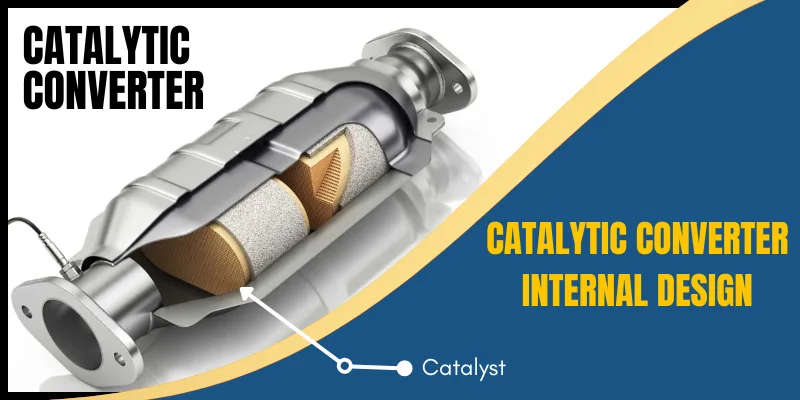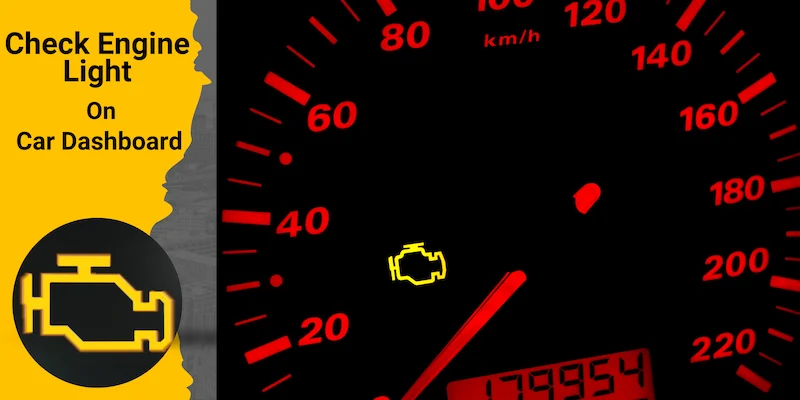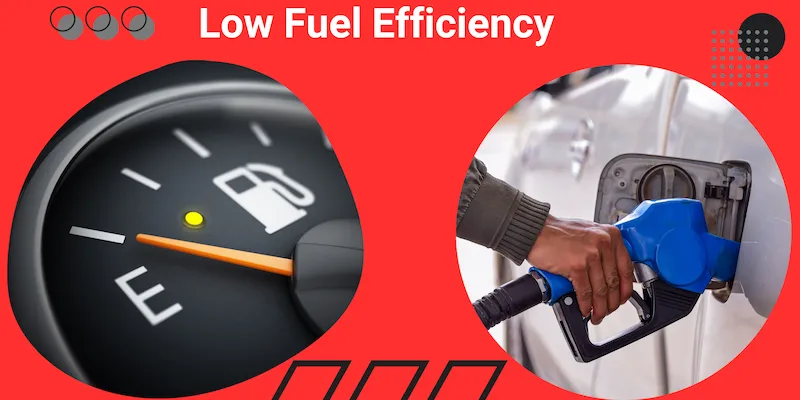Signs Of A Bad or Clogged Catalytic Converter
Updated: 18 May 2024
84
As a car user, it’s essential to understand more about problems that usually occur and to fix them on time before they become crucial.
Catalytic converters reduce harmful emissions and ensure optimal engine performance. Like other automotive components, they can deteriorate over time, leading to various issues. As the catalytic converter is expensive, you should ensure it’s functional or defective before replacement.
This article will explore the signs (symptoms) that indicate a bad or clogged catalytic converter and the necessary steps to address the problem.

Understanding What is a Catalytic Converter
The catalytic converter is an emission control device located in the vehicle’s exhaust system. It consists of a catalyst that helps convert harmful pollutants such as carbon monoxide, hydrocarbons, and nitrogen oxides to less harmful gases like carbon dioxide and nitrogen.
The Structure of catalytic converters is designed to look like a honeycomb, which is why more catalytic surfaces are exposed to flowing pollutant gases. Platinum is the most expensive product normally used as a catalyst; however, rhodium and palladium are used as optional in catalytic converters.
Since hot burnt gases from the engine’s combustion chamber flow continuously through an exhaust pipe, the catalytic converter is clogged. The life span is between 10 and 15 years, depending on driving conditions, defective catalytic Impact environment, and vehicle performance.
Symptoms Of A Bad or Clogged Catalytic Converter
The most common signs are checking the engine light in the dashboard, Sulfur smell after the engine is warm, and low engine performance.
Following is a detailed list that indicates the condition of the catalytic converter.
1. Check Engine Light

The check engine light on the car dashboard is the most prominent sign that something is malfunctioning in the vehicle. Most probably, it will be a catalytic converter. For further analysis, connect a compatible OBD scanner if it indicates trouble code P0420; otherwise, decode it with the help of the operating manual.
2. Weak Acceleration

When you press the gasoline pedal, you can observe delay or weak acceleration, especially when driving in a full load or steep area. After assurance that the spark plug, sensors, and filter are in good condition, there’s a higher chance that it’s due to a bad catalytic converter.
Most of the time, catalytic converters are misdiagnosed because of malfunctions in oxygen or other sensors.
Another classical way to check whether the catalytic converter is clogged is to put a hand near the exhaust pipe and let another person push the gas pedal until 2000 RPM if the exhaust blow is insufficient, with an unusual sound, compared to another average car.
3. High or Low fuel Consumption

Consuming Lower or higher amounts of fuel is also a sign of a bad catalytic converter. Because of a clogged exhaust system, fuel combustion was improper, and more fuel was needed to achieve the desired power.
In some cases, it consumes less fuel and looks good, but it can damage the engine or other parts.
4. Smell of Sulphur

if the exhaust way is obstructed to let the fumes outside, the combustion mixture will get rich in unburnt fuel; after combustion, it smells like burnt sulfur or rotten eggs, which is a sign of a bad catalytic converter.
5. Catalytic Converter Housing Discolored
If the catalytic converter’s outer body color changes to blue or the other, its physical identification is because of overheating due to clogged; as of abnormal engine running, unburnt fuel enters the catalyst, ignites inside the converter, and melts the inner material, creating worse blockages. It extremely increases engine heat, causing damage to other parts quickly. Don’t drive a car after confirming the catalytic converter is malfunctioning.
6. Vehicle Starting Issues
When the catalytic converter is choked, the engine has a rich fuel mixture. The unburnt fuel creates back pressure, and the engine tries to get rid of exhaust fumes. The car starts and shuts down within 3 seconds. This is because of the clogged catalytic converter, which does not sustain a choked engine running continuously.
7. Increased Exhaust Emission
Suppose you noticed dark smoke coming out from your car exhaust pipe. This increase in emissions is due to the improper job of the catalytic converter; it is either clogged or damaged and does not eliminate bad emissions. If you go for a yearly car inspection, your car will most likely fail.
8. Engine Misfires
If the catalytic converter is blocked, the oxygen supply is disturbed, and the engine requires more oxygen for fuel combustion. Lack of airflow increases overheating and causes misfiring.
9.Rattles or other Noises
The catalytic converter consists of a “honeycomb” that wears out and breaks into pieces, causing a rattling noise.
You can listen to it from below the car when it accelerates with a gas paddle.
FAQ’s
How Long Does a Catalytic Converter Typically Last (Life Span)?
The average lifespan of the catalytic converter is ten years, or between 80,000 and 100,000 miles, under normal driving conditions. However, vehicle maintenance, driving, and environmental conditions impact lifespan. Most catalytic converters last until car life; some have service schedules to replace catalytic converters.
Can I Clean a Clogged Catalytic Converter?
In some cases, clogged catalytic converters can be cleaned using specialized cleaning solutions or replaced with honeycomb from inside; however, most clogs may require replacement.
What Causes a Catalytic Converter to Go Bad?
Common causes of catalytic converter failure are exposure to high temperature, coolant or fuel contamination, engine misfire, and physical damage through road debris.
Are There any Temporary Fixes For a Clogged Catalytic Converter?
There are products available on the market that claim to unclog catalytic converters. However, they are only temporary solutions and may not address the concern issue. It’s best to diagnose and repair the problem with a professional mechanic.
Is it Safe to Drive with a Bad Catalytic Converter?
Driving with a bad catalytic converter can lead to increased emissions, reduce fuel efficiency, and damage other engine components. It’s advisable to address the issue as soon as possible to prevent further damage to your vehicle.
Are Catalytic Converters Being Stolen?
A catalytic converter is fitted expensive materials, such as platinum, rhodium, and palladium. It can easily be cut from below the car with a tiger saw. Scrap yards will pay thieves a handsome amount for used catalytic converters.
Conclusion
A properly functioning catalytic converter reduces vehicle emissions and ensures optimal engine performance. By being aware of the signs of a bad or clogged catalytic converter and addressing these issues promptly, you can help maintain the vehicle’s efficiency and lifespan.
Please Write Your Comments